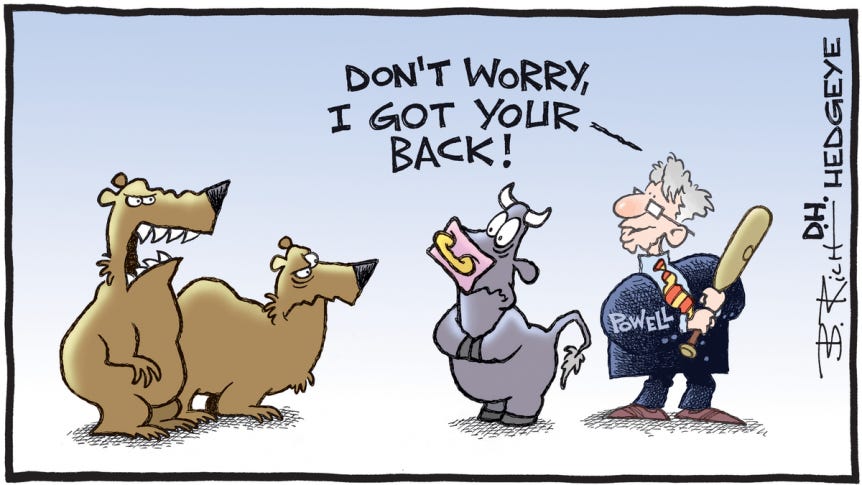Addicted to the Fed’s Liquidity Injections, the Stock Markets Will Not Appreciate the Withdrawal.
An analogy with the addictive phases of a drug addict allows us to better understand the current behavior of the markets.
The parallel between investors in the financial markets and drug addicts is not new. I do not want to refer here to the scenes of exuberance that films like “The Wolf of Wall Street” leave in our minds, but rather to the analogy that can be made metaphorically.
For several years now, it has become clear that investors have become addicted to the liquidit…
Keep reading with a 7-day free trial
Subscribe to Sylvain Saurel’s Newsletter to keep reading this post and get 7 days of free access to the full post archives.




